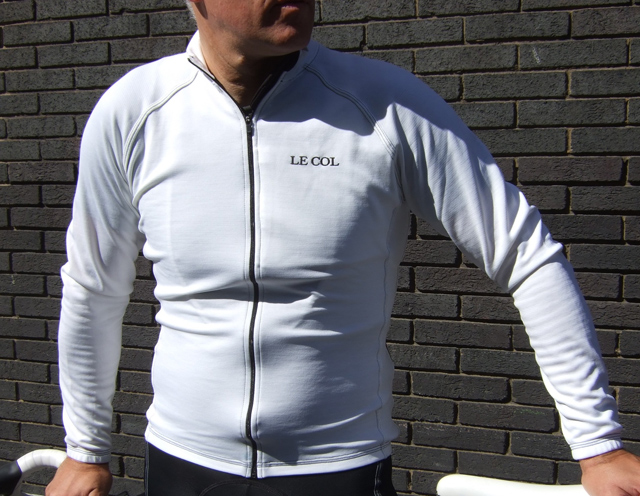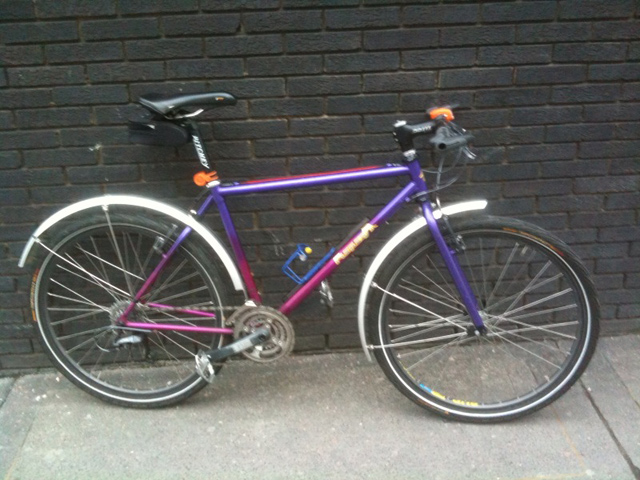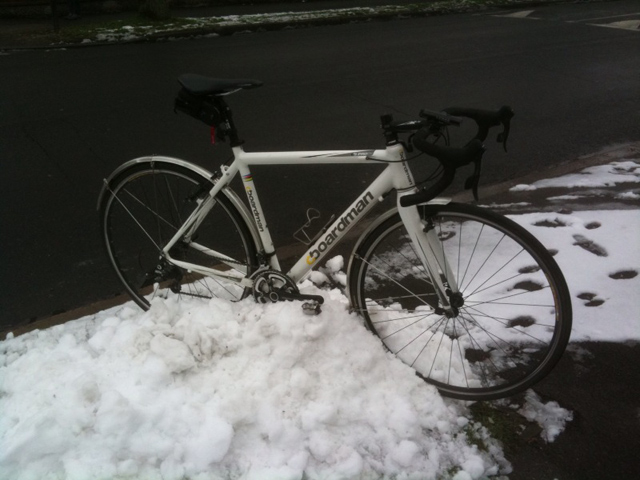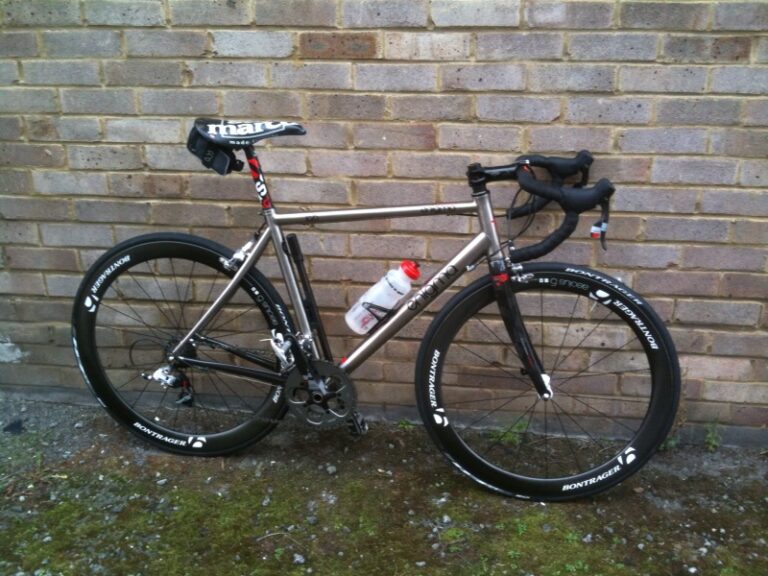
There would appear to be two schools of thought about the best way to keep out the cold when it comes to dressing for dry winter cycling: wear a windproof shell or do without. The rest of the upper body’s covering follows from this simple decision.
I recently tested Bontrager’s Thermal Windblock Jacket and found it “warm, snug and comfortable” on a chilly, sunny morning. That was under light pedalling effort. On a sunny but exceptionally cold Sunday training ride that required a slightly sterner effort, it quickly became apparent that, like all windblocking shell-type jerseys, the Bontrager example blocks a bit too much airflow for my liking.
The fabric may be “breathable” in that it allows air molecules and water vapour to pass through, but by definition a windblocking fabric must block or impede airflow compared to one that does not. And, since the flow of air across the skin is what carries excess moisture away as it evaporates, the inevitable result is that a windblocking jacket, worn for exercise strenuous enough to generate perspiration, traps between the rider and the shell the moisture given off, quickly soaking whatever is worn as an underlayer.
The fact that the evaporation of perspiration itself is key to the body’s ability to shed excess heat compounds the problem; unable to cool down, the body may sweat more in an effort to do so. On the other hand, water is much better than air at conducting heat, so that excess will do a fine job of transferring heat to the shell to keep you cool.
This it will also do once you have stopped, perhaps at a cafe or to mend a puncture. So, wear a windproof shell and, unless you are one of those fortunate persons who does not perspire appreciably under the level of effort attained, you risk getting chilled when you stop even if you find a comfortable (albeit damp) temperature while riding.
The alternative is to do as I did the following day for the ride to work. Weather conditions were close to identical. Instead of a windblocking shell over a long-sleeved wicking undervest, I wore a Le Col TechnoWool long-sleeved jersey over a thicker wicking undervest with a sleeveless baselayer under that.
Why the extra insulation underneath the jersey? Conventional plain knit jerseys like the Le Col example let plenty of air pass through. Depending on the weave density of the various layers, some of this will reach the skin, cooling it directly by contact. Added layers restrict the flow of air but there is always some, which carries away moisture as it flows through the fabrics. The trick is to wear the right depth of underwear; it is best to feel slightly chilly when setting off so that, once your activity generates warmth, you feel comfortable.
You will still perspire if working hard enough but the moisture will evaporate as you ride, ensuring that, when you stop, you won’t chill from the thermal conductivity of moisture-soaked garments. If anything, the opposite is the case; as airflow through your clothes ceases, the air they trap keeps your body insulated. Since you have just been riding hard enough to generate heat, this quickly warms the air trapped closest to the body, leaving you feeling warm and snug – for the duration of that cafe stop or for a while at least, if stood around outdoors.
So, if you don’t perspire much or intend to ride at a pace that won’t get you perspiring, a windblocking jersey is an acceptable option and will allow the wearing of lighter underwear. When the going gets hard enough to get a good sweat on, however, it is better to keep that air flowing even if it means feeling chilly as you set off. How hard that is depends on the rider, of course.





